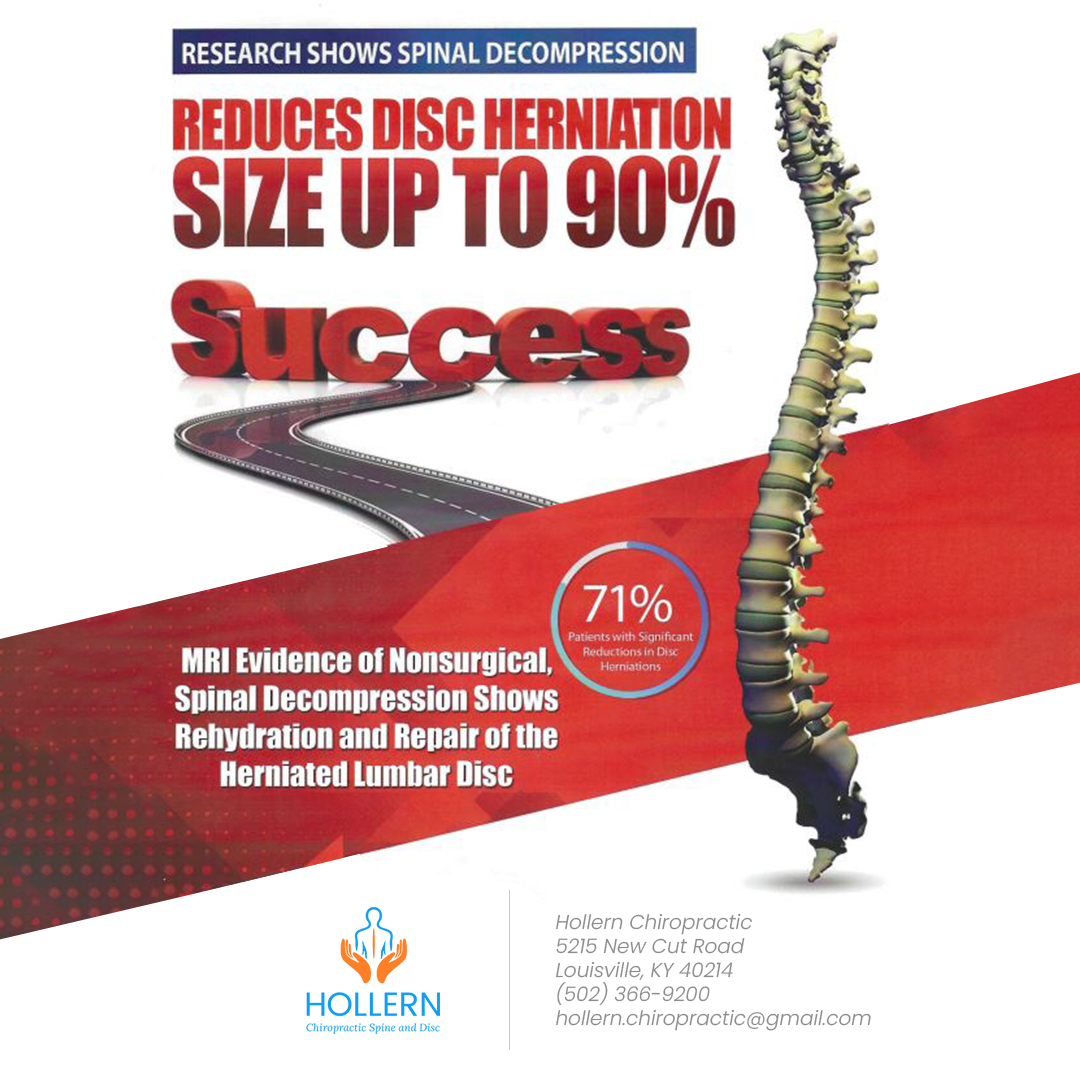
The spine, also known as the vertebral column, is a complex structure made up of 33 individual bones stacked on top of one another. These bones, or vertebrae, protect the spinal cord, support the body's weight, and facilitate movement.
Between each vertebra lies a disc—a soft, gel-like cushion that absorbs shock and prevents the bones from rubbing against each other. However, these discs can degenerate over time or due to injury, leading to painful conditions like herniated discs or sciatica.
That's where spinal decompression comes in. This innovative procedure helps to alleviate the pain associated with such conditions by releasing the pressure on the spine. But how exactly does it do this?
What is Spinal Decompression?
Spinal decompression is a non-surgical procedure that aims to relieve pressure on the spinal discs. It involves stretching the spine using a traction table or similar motorized device with the goal of promoting the movement of oxygen, water, and nutrient-rich fluids into the discs to facilitate healing.
By creating negative pressure within the disc, spinal decompression allows the disc material that has been pushed out to be pulled back within the disc. This helps to relieve pressure on the nerves and other structures in the spine, thereby reducing pain and promoting overall spinal health.
Understanding spinal decompression is the first step towards appreciating its potential benefits. But to truly grasp its effectiveness, we need to know how it works in detail.
The Process of Spinal Decompression: Step-by-Step
Spinal decompression is often carried out in a step-by-step process, typically involving the following stages:
Assessment: The first step involves a thorough evaluation of the patient's medical history, physical condition, and spinal imaging results.
Treatment Planning: Based on the assessment, a personalized treatment plan is designed to address the patient's specific needs.
Decompression Therapy: The patient is then placed on a decompression table, and a harness is fitted around their hips. The table is programmed according to the treatment plan, and a gentle pull is applied to stretch the spine.
Post-Treatment Care: After the procedure, patients may undergo additional therapies such as heat or cold therapy, electrical stimulation, or exercises to improve mobility and strength.
The entire process is painless, non-invasive, and designed to promote the natural healing processes of the body.
How Spinal Decompression Relieves Pressure on the Spine
By gently stretching the spine, it creates a vacuum effect within the spinal discs. This vacuum not only pulls the disc material back into place but also promotes the inflow of healing nutrients and other substances necessary for repair.
This reduction in pressure leads to a decrease in the size of the herniated or bulging disc, thereby relieving pressure on the nerves. The result? A significant reduction in pain and an increase in mobility, which ultimately leads to a better quality of life.
It's crucial to remember, however, that each patient is unique and the effectiveness of spinal decompression can vary depending on the individual's specific condition.
Benefits of Spinal Decompression
Spinal decompression offers a myriad of benefits. Firstly, it is a non-surgical, non-invasive procedure, which means it poses fewer risks and complications compared to surgery.
Secondly, it provides relief from chronic pain conditions such as sciatica, herniated discs, and degenerative disc disease. By alleviating pain, it improves mobility and quality of life.
Lastly, spinal decompression promotes the body's natural healing processes. By enhancing the flow of essential nutrients to the spinal discs, it aids in the repair and rejuvenation of the damaged area.
Who Can Benefit from Spinal Decompression?
Spinal decompression is suitable for individuals suffering from various spinal conditions, including herniated or bulging discs, degenerative disc disease, sciatica, and spinal stenosis. It can also benefit those with failed back surgery syndrome, relapse, or worsening symptoms following surgery.
Is Spinal Decompression Right for You?
Deciding whether spinal decompression is the right choice for you involves a careful evaluation of your condition, an understanding of the procedure, and a discussion with your chiropractor.
Spinal decompression stands as a beacon of hope for those living with chronic back pain. Its non-invasive nature, combined with its effectiveness in alleviating pain, makes it a worthy consideration for those seeking relief from spinal conditions.
If you would like to explore the benefits of spinal decompression, contact Hollern Chiropractic Spine and Disc at our office in Louisville, Kentucky. Call (502) 366-9200 to schedule an appointment today.










